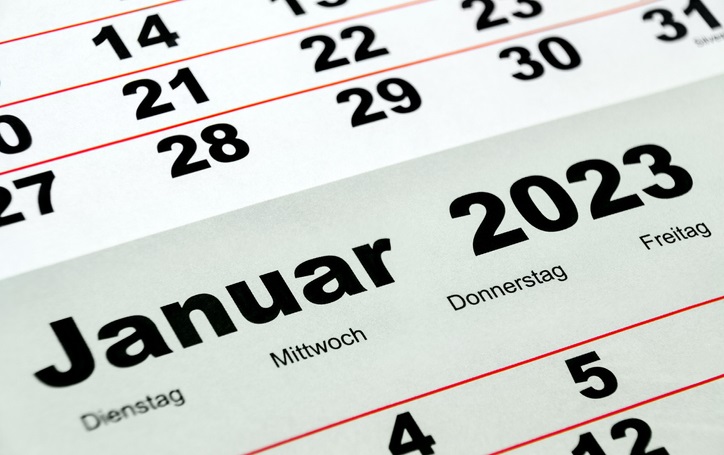During the week ahead the market is likely to be extremely quiet due to the shortened trading week and the Christmas holiday and many market participants are off for the week until the New Year.
The main releases of the week are Pending Home sales from the United States and Manufacturing data from the Chinese economy. Traders will also digest a speech from Governor Kuroda.
With many investors closing their books for the year and many traders away from their desks, liquidity will be thinner than usual.
In holiday conditions markets can move sharply without any news, and any actual headlines could have a much greater impact. As such, any moves in the coming week might be more ‘noise’ than ‘signal’.
Pending Home Sales
US Pending home sales are expected to show a notable pick-up last month after the big drop they recorded in October. The previous set of data showed that in the US they fell by 4.6% month-over-month in October of 2022, the fifth consecutive decline, but slightly below market forecasts of a 5% retreat.
NAR Chief Economist Lawrence Yun said “October was a difficult month for home buyers as they faced 20-year-high mortgage rates. The upcoming months should see a return of buyers, as mortgage rates appear to have already peaked and have been coming down since mid-November”,
Pending home sales thus fell for the fifth month in a row in the Northeast (-4.3%) and in the South (-6.4%), while the West (-11.3%) slumped for a second month. Year-over-year, pending home sales fell by 37%, the sharpest decline on record.
NBS Chinese Manufacturing
Markets are expecting the official NBS Manufacturing PMI to move back into positive territory this week. If that happens then we could see a notable pick up in risk-on sentiment next week.
The PMI number declined to 48.0 in November 2022 from 49.2, below market forecasts of 49.0. This was the second straight month of contraction in factory activity and the steepest pace since April, amid a new wave of COVID cases and tough restrictions in some large cities.
Also, employment stayed weak, dropping the most in seven months (47.4 vs 48.3); and buying activity declined for the second month in a row, with the rate of fall the steepest since April.




